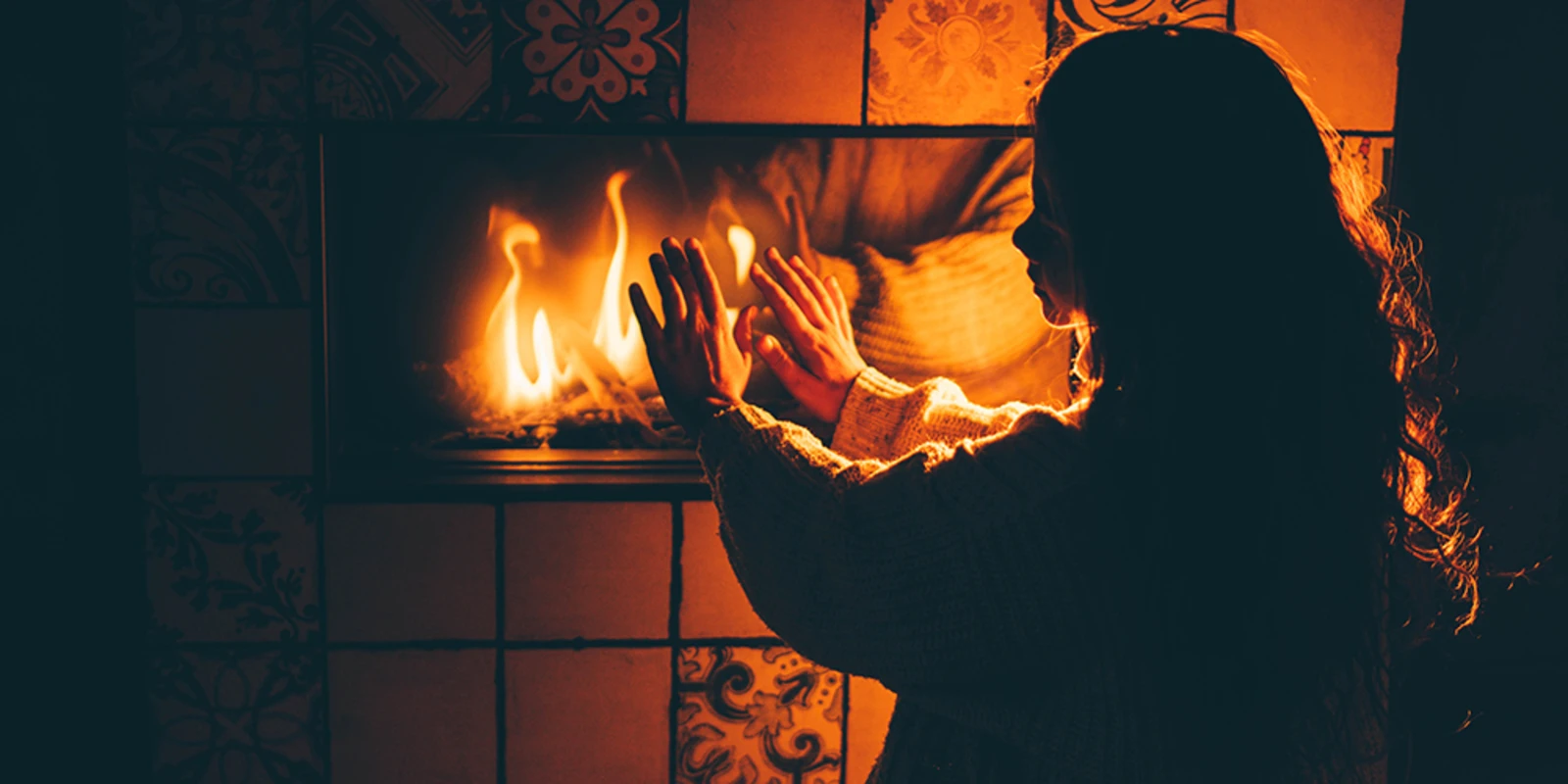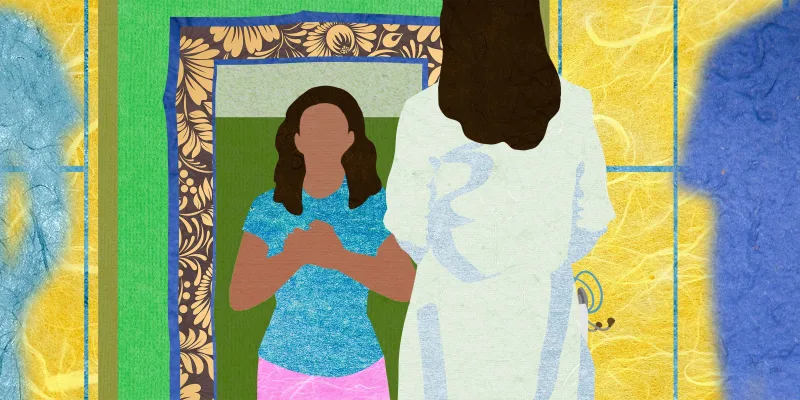The word scar was derived from the Greek word “eschara,” which means “fireplace.”
Traditionally the fireplace was the heart of the house, and most domestic activities took place around it. It provided light in darkness, warmth in bitter cold, and the sorcery of boiling water for tea and bones for stew. It was the center of family life. Children resisted slumber to play amid dancing shadows. Parents gazed into the fiery plasma with exhaustion from a day’s hard work, contemplating the evanescence of life as their eyelids became too heavy for pulleys. Elders told stories while warming their substance, as sparks drifted upward like ancients to the heavens.
And the fireplace was a common setting for injuries, many of which resulted in wounds. These wounds eventually healed into a different sort of tissue, which in turn became so associated with the hearth that a new word morphed into being. Eschara. Scar. Healed wounds forever bound to a fireplace memory.
Pain is a powerful stimulus in the forging of memory. Memory is the basis of a story. Stories are how we make sense of the disordered world and how we encode meaning in our lives. It follows that a scar is a story, too.
When I examine a new patient I note many things, but often I’ll pause to question and listen to a story of their scars. Some are written in a predictable Braille — the unmistakable Cesarean section, the open gallbladder surgery, the small tattoo of a smallpox jab. Others are more inscrutable — knots pulling cracked skulls back together, the splices rejoining once-gashed skin. The Incas told stories with mysterious knotted ropes called “quipu,” their meanings now lost forever. Fortunately, I can ask about the knots I see, and the origin stories are often wonderful, terrible, and even humorous.
A physical wound results in a visible scar with an embedded story.
The young woman in the prime of her physical beauty, her hair swept back in a tangle of playful wind as she drives, windows down in a vehicle of newfound freedom, colliding in an instant with another car. The breathtaking pain. Surgeries and beeping noises. Consciousness that comes screaming and is then hushed away. A loss of innocence. But all the while her body is following an unfathomably complex blueprint that will, in time, stitch her together again. Enough. Enough to walk. Enough to make some sense of the senseless. Enough to one day show me the scars, with their embedded tales of a life-changing journey through a valley of darkness. Enough for her to keep writing a life story. Marriage, a child, work, and purpose. The disfiguring moment morphs from the wreckage to become a kind of defiance incarnate. She runs her fingertips over it.
There are many more scars with less dramatic and consequential stories. The gangly boy who runs backward to catch a frisbee on the beach, collides with a staircase leading up to the dunes, and splits his earlobe. His family vacation is suddenly less carefree as his shoulder reddens with blood, and a trip to the urgent care for stitches becomes just the latest sacrifice made by his parents. Years later, as a young man training to be a doctor, after a night shift in the ER, he is riding his bike home at 2 a.m. on Spruce Street in Philadelphia. A car door suddenly opens, and his shoulder absorbs the high-speed impact. The pain makes it hard to breathe, and he finds himself suddenly limping back to the ER, not for another shift, but to check in as a patient.
But not all scars are physical ones.
An emotional trauma is reworked into a story that becomes an invisible scar. It can be retold or locked away.
The soldier who follows his commands in Normandy. Vietnam. Afghanistan. Who sees too much depth and death beneath the tranquil surface of things. Who struggles up from the violent abyss with a regular paycheck, a mortgage, and Sunday dinners. The slow pace and orderly scoring of a summer baseball game on the radio. Maybe he shares a few stories. Polished stones and blunted knives. Or maybe he stays silent, taking those tales with him to the bottom, another captain going down with his ship.
Our physical and emotional scars die with us, having served their purpose … but the stories live on.
They may be retold through generations — casually at dinner tables, theatrically during wedding toasts, desperately by the deathbed, mystically by the fireside. The eschara glows from slowly burning embers. We listen, entranced by the crackles.
And even when the stories are not spoken, common threads of trauma, acceptance, defeat, and resilience have been sewn inevitably into the fabric of our collective being. My great-great-grandfather was killed in the crushing depths of an anthracite mine in central Pennsylvania. His body was carried out by his son, my great-grandfather, who toiled alongside his father and the other Irish. The bell tolled deafeningly in that moment, and the story reverberates down through the generations. I don’t even know much more about it — the sadness, the cruelty of chance, the courage to head back into the mine — but it’s all written somewhere in my psyche, with epigenetic switches still thrown, for better and worse.
Our physical, emotional, and generational scars become stories. In seeing, conjuring, and telling stories, like gods we create purpose, poetry, legend, and sentient beauty from indifferent chaos. Our pain gives rise to our power to define it. The first heroic act of life was to simply emerge. The second was to persist, and then heal.
And so when we look upon the runes carved into our bodies, the aging and the disfigurement, we should see talismans of greatness and lore. Knots that hold ourselves and the fragile world together. A word literally conceived in fire.
A scar is indeed a story.
An empowering, regenerative story.
What story does your scar tell? Share in the comments.
Ryan McCormick is a family physician and writes Examined, a medical newsletter available on Substack. He has been doing entirely clinical work in the trenches of primary care for two decades but occasionally comes up for air to spend time with family and friends, to write, and to look around with wonder. This story was first published on Substack.
Image by Maria Korneeva / Getty Images







